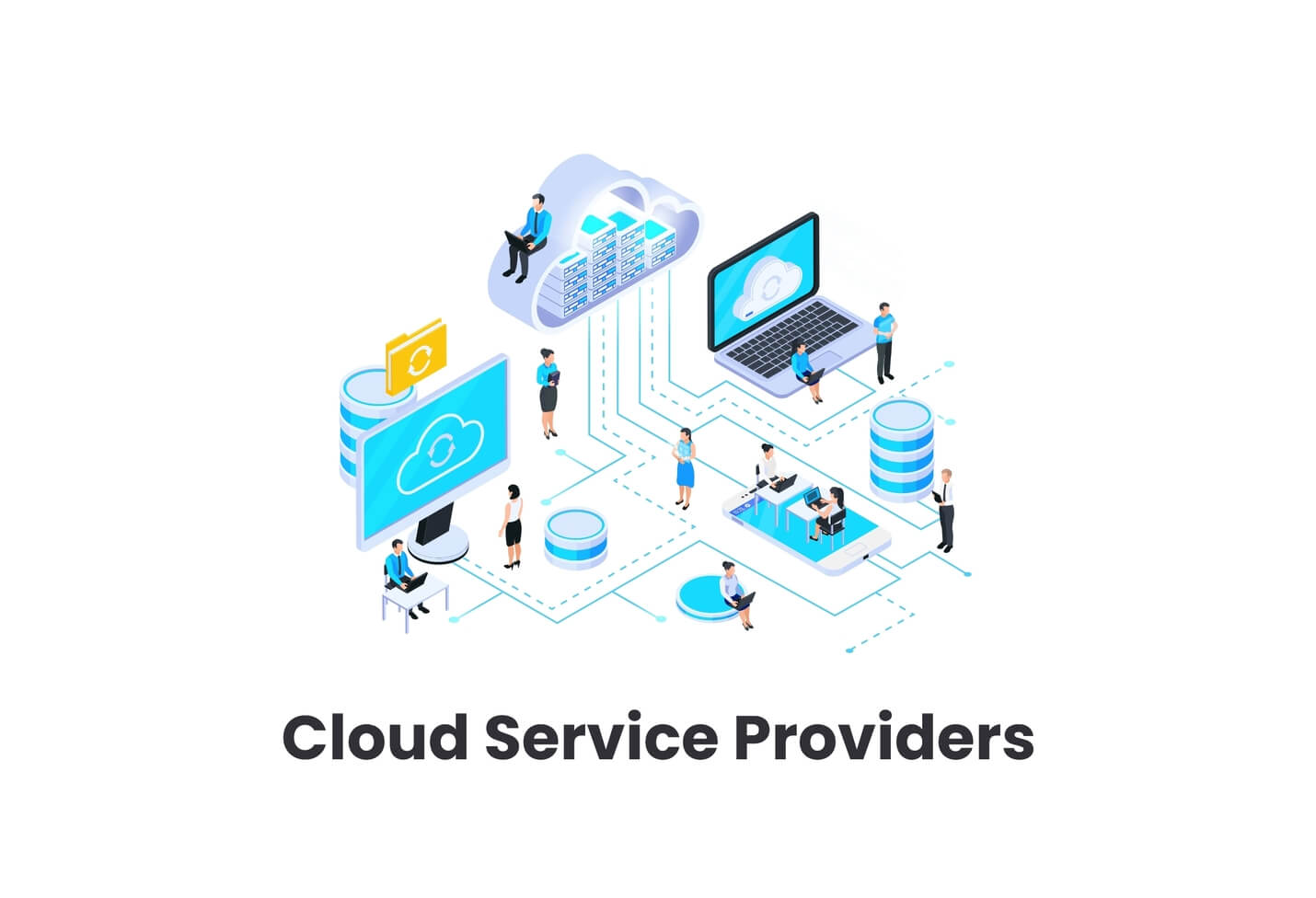Mastering LinkDaddy Cloud Services: The Ultimate Overview to Cloud Services Press Release Strategies
Mastering LinkDaddy Cloud Services: The Ultimate Overview to Cloud Services Press Release Strategies
Blog Article
Simplify Your Facilities With Cloud Solutions
As organizations browse the ever-evolving landscape of modern technology and information monitoring, the duty of cloud solutions in simplifying facilities has come to be significantly noticeable. The attraction of structured processes, enhanced performance, and boosted source allocation through cloud services is indisputable. The journey in the direction of an extra active and affordable IT framework includes more than just migrating to the cloud. It requires a calculated method and a deep understanding of the nuances of cloud adoption. So, just how can businesses effectively navigate this transition and genuinely unlock the capacity of cloud services for simplifying their facilities?
Advantages of Cloud Services
Cloud services offer a streamlined method to handling IT infrastructure, giving organizations with cost-efficiency, flexibility, and scalability. One of the crucial benefits of cloud services is the scalability they provide.
In addition, cloud services remove the need for organizations to spend in pricey software and hardware. This cost-efficiency is a significant advantage, particularly for little to medium-sized enterprises wanting to minimize upfront prices. By using cloud services, organizations can access high-quality IT resources without the large rate tag connected with standard infrastructure arrangements.
Additionally, cloud services offer services with the adaptability to access their data and applications from anywhere with a net link. This degree of ease of access improves cooperation among groups, makes it possible for remote work, and increases general productivity. The adaptability provided by cloud services equips companies to adapt rapidly to altering market problems and customer needs.
Cost Cost Savings and Scalability
In addition to the operational advantages highlighted previously, the integration of cloud services into a firm's infrastructure yields substantial price financial savings and improved scalability. Cloud solutions use a pay-as-you-go version, permitting services to scale resources up or down based on present needs, thus avoiding the prices connected with maintaining excess capacity. This versatility makes it possible for business to adjust rapidly to changing demands without incurring unneeded expenditures.
Furthermore, cloud solutions remove the need for ahead of time financial investments in hardware and software application, lowering resources expenses. General expenses are likewise lessened as business no longer need to take care of and preserve physical web servers, bring about reduced energy consumption and IT staffing costs. Additionally, cloud solutions provide automated updates and maintenance, guaranteeing that the framework remains current and safe without needing manual interventions.
Enhanced Security Procedures
Carrying out strict safety and security steps is paramount when integrating cloud services into a business's infrastructure to make sure and safeguard delicate information conformity with industry guidelines. Cloud solution suppliers supply improved security functions such as information file encryption, firewall program protection, and multi-factor verification to reduce cybersecurity threats.
Furthermore, normal safety and security audits and conformity assessments assist guarantee and identify vulnerabilities adherence to market criteria. Companies can also benefit from functions like computerized protection updates and real-time danger surveillance supplied by cloud company. By prioritizing safety and security steps and remaining positive in dealing with prospective threats, services can confidently leverage cloud services while safeguarding their beneficial data from unapproved accessibility or breaches.
Transitioning to Cloud Facilities
To effectively incorporate cloud services right into a company's framework, an organized approach that deals with the shift towards cloud-based services is vital. Transitioning to cloud facilities includes cautious preparation and execution to guarantee a smooth migration process. The very first step is to examine the existing facilities and identify which applications and systems appropriate for migration to the cloud. This analysis must take into consideration factors such as information sensitivity, conformity demands, and performance needs.
When the evaluation is full, a migration method need to be created. This strategy must describe the timeline, sources, and obligations for moving each element to the cloud. It is vital to communicate this strategy clearly to all stakeholders to make certain alignment and lessen disturbances throughout the transition.
Throughout the movement testing, process and tracking are essential to determine and resolve any issues without delay. Regular checkpoints need to be developed to track development and make required modifications. Furthermore, training for employees on utilizing cloud solutions need to be given to guarantee a successful change and take full advantage of the advantages of the brand-new infrastructure.
Ideal Practices for Cloud Adoption
Successful fostering of cloud solutions rests on the tactical alignment of organization explanation goals with technological capabilities and business readiness. To make certain a smooth transition to the cloud, organizations must begin by performing an extensive analysis of their existing facilities and recognizing which workloads are best suited for cloud migration. It is vital to entail essential stakeholders from different departments in the decision-making click here to find out more process to obtain buy-in and deal with any issues early on.
One more finest technique for cloud fostering is to prioritize safety and compliance. Organizations needs to meticulously examine the protection procedures provided by cloud provider and make sure that their data is secured according to industry requirements and regulatory demands. Carrying out durable information encryption, gain access to controls, and regular protection audits can aid minimize threats related to cloud fostering.

Verdict

As businesses navigate the ever-evolving landscape of innovation and data monitoring, the duty of cloud services in simplifying framework has become progressively prominent - linkdaddy cloud services press release. Exactly how can services effectively navigate this transition and genuinely open the capacity of cloud services for simplifying their infrastructure?
Cloud services offer a structured method to managing IT facilities, supplying businesses with cost-efficiency, scalability, and flexibility. By making use of cloud solutions, businesses can access top quality IT Related Site sources without the large cost tag connected with standard infrastructure arrangements.
To make sure a smooth shift to the cloud, companies must begin by performing a comprehensive evaluation of their present infrastructure and identifying which workloads are best suited for cloud migration.
Report this page